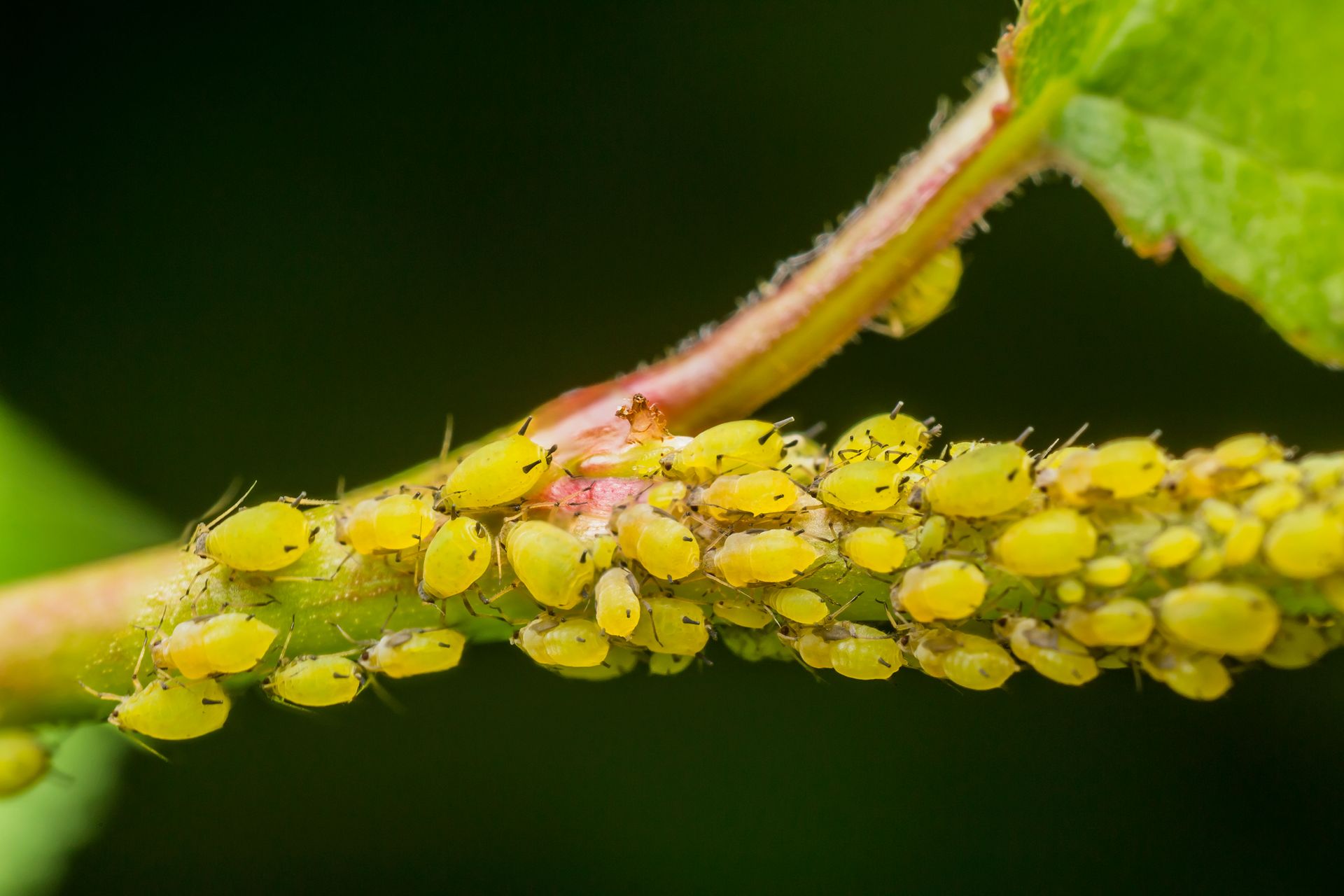

2024-06-20 Gallura Disinfestazioni posted:
When we talk about Aphids, we are not actually talking about a specific type of insect, but rather a rather large group that includes 10 families and a complex of about 4000 species.
In general, these are quite common insects and very dangerous for the health of plants, as they compromise their development and reduce their flowering and fruiting potential.
Also commonly known as Plant Lice, Aphids are very small parasites, generally between 1 and 10 millimeters long, covered with a thin light yellow or green, or gray, or black integument.
Some forms are winged and can migrate from one plant to another, reaching new plant hosts up to hundreds of kilometers away. The wingless forms (apterous) instead, after losing their wings, concentrate all their resources on reproduction, thus giving life in a short time to very crowded colonies.
The most common species attack most plants, whether ornamental, horticultural or cultivated. In fact, as further evidence of their versatility, they are able to nest both on stems and leaves.
Another aspect that makes this plant parasite a much feared enemy is the fact that infestations involve a large number of specimens.
Aphids have a great reproductive capacity and a whole series of clever strategies, such as viviparity and parthenogenesis that allow the so-called "generation boxing" whereby a female has already formed daughters inside her that even before being born contain other developing embryos. The newly born nymphs can feed immediately; they grow rapidly and within a week, after four moults, they reach the adult stage. Furthermore, females can give birth to three to six nymphs a day for several weeks.
The biological cycle of these plant lice is favored by warm temperatures and high humidity. In temperate climates, cycles with only parthenogenetic reproduction prevail (eggs are fertile even if mating between individuals of different sexes has not occurred), while in cold climates, mating occurs before the unfavorable season and durable eggs are laid, capable of resisting adverse weather conditions.
Aphids act by sucking sap from leaves, shoots and branches and unfortunately they can be vectors of very harmful viruses, such as pathogenic fungi and organisms that feed on wood. The removal of sap determines the loss of very important resources for the plant and at the same time a more intense respiratory activity and a higher consumption of energy. The substances that enter the circulation through the saliva of aphids can produce malformations responsible for the reduction of the leaf area and the consequent drop in efficiency in the assimilation of nutrients.
The lower vitality of the plant affected by Aphids ultimately translates into a drop in production (especially in fruit trees) and poor quality of the fruits that must necessarily be sold at a lower price. One of the most visible characteristics of their infestations is the appearance of honeydew which can be the cause of the appearance of cryptogams. The attack of Aphids should never be overlooked and it is necessary to plan a disinfestation of the plants and intervene fairly quickly as they can be responsible for extremely serious damage making the plant sick.
It is important to plan a careful maintenance of the lawn and ornamental plants present in our garden, for this reason the technicians of Gallura Disinfestazioni carry out a careful analysis of the infested plants to plan the best plan of fight and/or prevention to protect the health of the plants.
How much it cost?